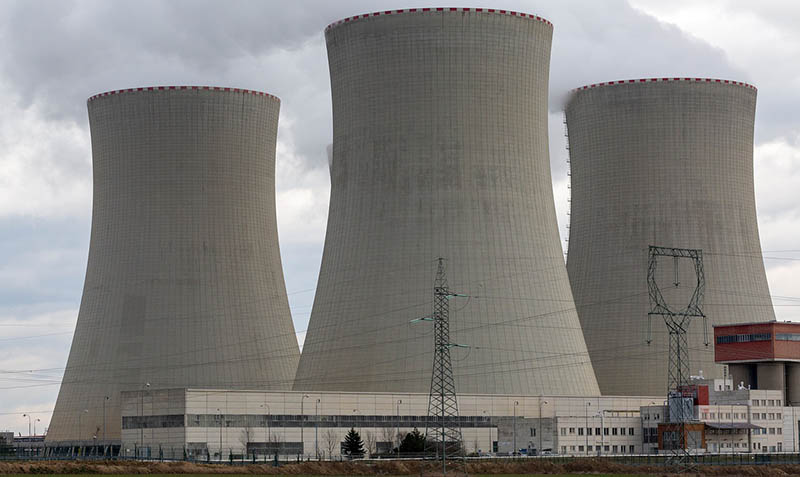Published on
Updated on

Nuclear power plants that provide needed electricity rely on reactor coolant pumps for safe, continuous and reliable operations. But if the pump malfunctions, it can take plants offline, requiring costly repairs and interrupting services, or, worse, cause environmental and safety problems.
Now, a Mizzou industrial and systems engineering team has devised a new technique to allow plants to monitor the reactor coolant pumps more closely, allowing plant operators to flag abnormalities before they become problems.
“This research is directly related to the safety of nuclear plants,” Assistant Professor Kangwon Seo said. “If a plant has safety issues, it could also impact communities and states, so it’s very important to monitor what’s happening in a nuclear power facility. We’re proud to be doing this important work.”
Seo and Benjamin Oguejiofor, a PhD student and first author, outlined their technique at the 2023 Annual Reliability and Maintainability Symposium, under the umbrella of the Institute of Electrical and Electronics Engineers. They hope it provides a blueprint that power plants can ultimately implement to better safeguard reactor pumps.
The novelty of the technique is that it utilizes wavelets transforms to decompose vibration signals the reactor coolant pumps produce. Their technique separates and analyzes individual wavelets to flag abnormal vibration patterns or peaks.
Currently, power plants use sensors to monitor those vibrations, however existing platforms using traditional Fourier analysis just look for features that are globally occurred across shapes of vibrations. This method is not so effective unless a fault pattern also appears globally. From a subject matter expert’s opinion from industry, the research team also acknowledged that fault patterns would be likely to be restricted to some ranges of signals rather than applied to everywhere. The new technique is required to provide a more precise way to recognize vibration signals’ anomalies, which essentially allows plants to ensure their pumps and other rotating equipment are working properly within their specific environments.
“If an abnormal signal is locally concentrated, traditional methods won’t capture that,” Seo said. “One of the advantages of using the wavelets is that it captures local features.”
Traditional methods also don’t usually capture very sharp peaks in the signals, Oguejiofor said.
“Wavelets capture these sharp peaks very well, thereby enabling better modeling of the data,” he said. “That’s one big advantage of the wavelet transform.”
The team also discovered that of 36 statistical measurements they examined for each signal, four explained the majority of the variability in data. In other words, these four so-called principal components appear to provide the most important information. This discovery requires further testing and validation.